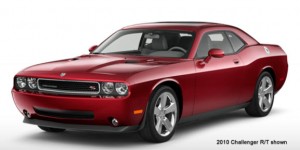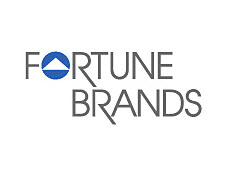Some “Is he tripping?” business theory.
I was reading B-school management stuff this morning and came across some smart thinking from a few years ago. Treacy and Wiersema suggested success was earned through “operational excellence, product leadership and customer intimacy.” Who could argue? Crawford and Mathews started by expanding or segmenting the 4Ps to include “product, price, access, service and experience,” but their unique thesis, explained in their book The Myth of Excellence, is that they want companies to pick one of those areas in which to excel, one to be strong in and simply maintain parity in the others. This, they posit, will create focus, consumer meaning and differentiation. Who could not listen to this argument?
These two school of business thought differ from mine, though, in that they are organized around corporate structure not brand structure. Huh? Well, with the b-school approach, you could walk into the building and visit these departments using the office directory. In my brand planner view of the world, the company is organized not by department but by brand plank – or value proposition. Every company has a marketing dept., a finance dept., and product management, but few companies are organized to deliver value based upon the things that consumers care about – what moves them to preference and purchase.
Companies chatter about differentiation all the time yet organize themselves the same as every other company. Companies that want to be different, that want to create greater value for their customers, are companies that focus their energies on the planks. In the healthcare system space, the plank covering “information and resource sharing” is not the IT dept. or the quality control dept. For a commercial maintenance company, the “preemptive” plank that prevents mishaps before they occur, is not the customer care dept.
Now before you get crazy. or think me crazy, I’m not advocating reinventing corporate structure – well maybe just a little. I’m suggesting creating value at companies by better mirroring what customers care about. Companies with employees that understand customer needs, rather than operational excellence, etc., will be the market leaders of the future. How’s that for social business design, Peter Kim and Jeff Dachis? Peace.






